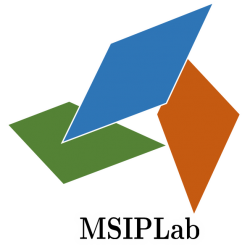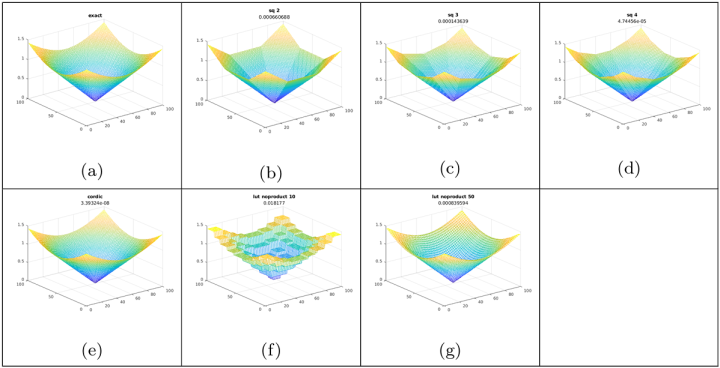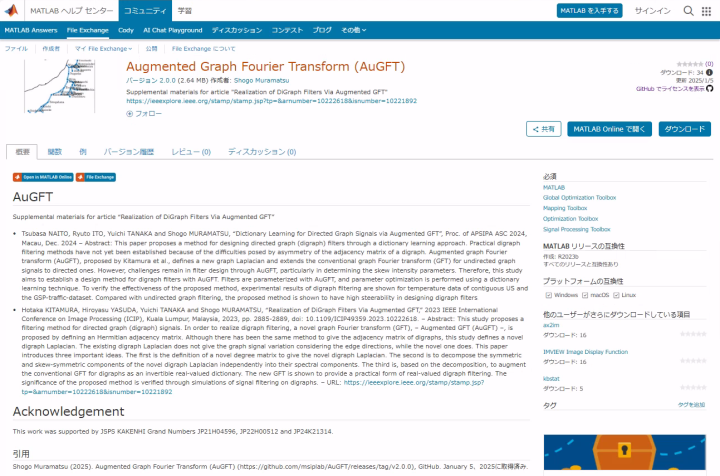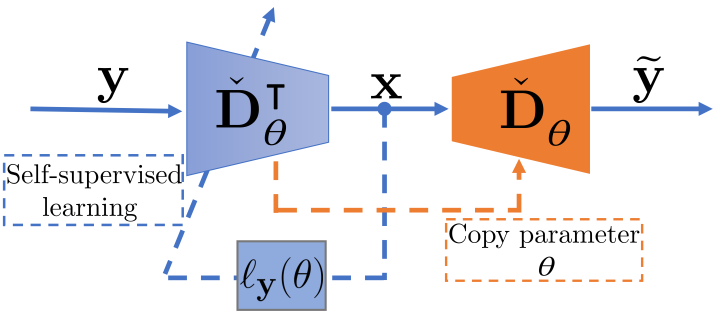Sorry, this entry is only available in Japanese.
Paper Published in IEICE Transactions on Fundamentals
The following paper has been published in IEICE Transactions on Fundamentals.
It is Open Access.
-
Ryuto ITO, Hiromu KANAUCHI, Tsubasa NAITO, Hiroyasu YASUDA, Masaaki NAGAHARA, Shogo MURAMATSU, “Sparse-Coded Time-Delay Graph DMD for Nonlinear State-Space Modeling on Graphs,” IEICE TRANSACTIONS on Fundamentals, Vol.0 No.0 pp.0-0, Advance Publication, 2025/12/12, DOI: 10.1587/10.1587/transfun.2025EAP1095
(日本語) 新研究科 の情報
(日本語) 科学研究経費補助金基盤研究(B)採択(分担)
(日本語) 菊池久和教授を偲ぶ会のご案内
(日本語) 学位申請公開論文発表会の開催について
Paper Published in APSIPA Transactions on Signal and Information Processing
The following paper has been published in APSIPA Transactions on Signal and Information Processing (Q2: Information Systems).
It is Open Access.
- Shu Abe, Yuya Kodama, Hiroyoshi Yamada, Shogo Muramatsu, “RTL Evaluation of ℓ2-Norm Approximation with Rotated ℓ1-Norm for 2-Tuple Arrays,” APSIPA Transactions on Signal and Information Processing,Vol. 14: No. 1, e3. http://dx.doi.org/10.1561/116.20240068, 30 Jan 2025
Update of AuGFT Source Code
Augmented Graph Fourier Transform (AuGFT) – File Exchange – MATLAB Central (mathworks.com) has been updated.
A new NumPy implementation has been added.
Released TanSacNet Pre-release20250105
We updated TanSacNet Project for developing tangent space adaptive control networks.
- New PyTorch Implementation: Introduced a PyTorch-based 2-D LSUN framework, including batch processing in
orthonormalTransform.pyand a low-dimensional approximation sample. Optimized gradient computation and sequential matrix processing to improve efficiency in PyTorch and CUDA environments. - Enhanced MATLAB Support: Improved data type and device management to ensure stability and performance in MATLAB workflows.
- Code Refactoring and Stability: Streamlined code structure for maintainability and resolved initialization and CPU processing issues across both frameworks.
This pre-release highlights the new PyTorch implementation, along with key updates to MATLAB support and overall code stability.
Paper Published in IAPSIPA Transactions on Signal and Information Processing
Paper Published in ITE Transactions on Media Technology and Applications
The following paper has been published in ITE Transactions on Media Technology and Applications.
- Jikai Li, Shogo Muramatsu, [Paper] Structured Deep Image Prior for Image Denoising with Interscale SURE-LET, ITE Transactions on Media Technology and Applications, 2025, Volume 13, Issue 1, Pages 187-199, Released on J-STAGE January 01, 2025, Online ISSN 2186-7364, https://doi.org/10.3169/mta.13.187, https://www.jstage.jst.go.jp/article/mta/13/1/13_187/_article/-char/en,
- Abstract:
This study develops a self-supervised image denoising technique that incorporates a structured deep image prior (DIP) approach with Stein’s unbiased risk estimator and linear expansion of thresholding (SURE-LET). Leveraging interscale and interchannel dependencies of images to develop a multichannel denoising approach. The original DIP, introduced by Ulyanov et al. in 2018, requires a random image as the input for restoration, offering an advantage of not requesting training data. However, the interpretability of the role of the network is limited, and challenges exist in customizing its architecture to incorporate domain knowledge. This work integrates SURE-LET with Monte Carlo computation into the DIP framework, providing the reason of the random image supply and shifting the focus from generator to restorer design, thus enabling the network structure of DIP to more easily reflect domain knowledge. The significance of the developed method is confirmed through denoising simulations using the Kodak image dataset.





